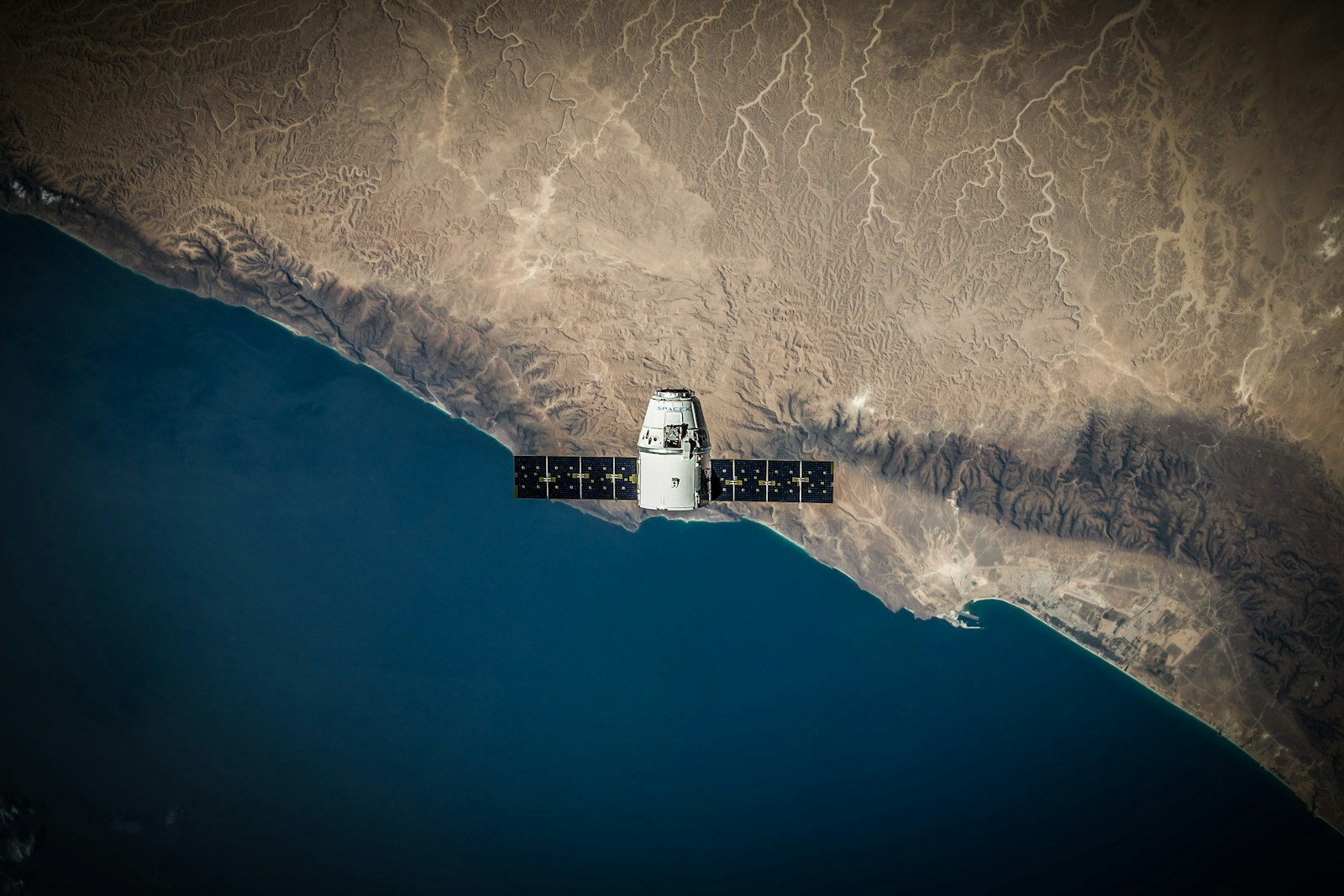Key Takeaways:
– Intelsat 33e, a communications satellite, split up in orbit, boosting the expanding cloud of space debris.
– This breakup harms users in Europe, Central Africa, Middle East, Asia, and Australia.
– The reason for the split is uncertain, however, the Intelsat 33e had a history of technical issues.
– There are now more than 40,000 pieces larger than 10cm in orbit, adding to the threat of future collisions.
– Accountability for space debris is vague. Clear guidelines and regulations are needed to mitigate further issues.
Breaking News: The Intelsat 33e Satellite Disintegrates
Recently, the Intelsat 33e, a significant communications satellite located roughly 35,000 km above the Indian Ocean, shattered in orbit. This incident has affected a broad range of areas, including Europe, Central Africa, the Middle East, Asia, and Australia. Moreover, the disintegration has amplified the already alarming issue of space debris rotation around our planet.
So, what’s the Story behind the Breakup?
The worrying and mysterious fact about this incident is that we are still unclear about what caused the sudden breakup. It’s not the first-time satellites have exploded in orbit. History highlights incidents of intentional satellite destruction, accidental collisions, and even solar activity-triggered disintegrations. Knowing the history of issues Intelsat 33e has suffered in the past, makes the situation more complex.
Manufactured by Boeing, the satellite began its journey in August 2016. However, it wasn’t a smooth ride. Within a year of its launch, it faced technical difficulties leading to delay in reaching its intended orbit by three months. Fuel efficiency problems related to maintaining its altitude signaled that its mission would end prematurely. Now, the company is probing into what made the satellite fragment, shedding light on potential manufacturing issues.
Understanding the Impact: Space Junk!
The breakup of Intelsat 33e adds to the troubling volume of space debris that encircles our planet. Shockingly, the European Space Agency estimates that more than 40,000 pieces larger than 10cm are currently in orbit. What’s even more worrying is that the breakup of Intelsat 33e likely produced debris understandably too small to see from ground level.
Numerous uncontrolled breakups have led to an influx of orbital debris that threatens future space missions. Events featuring RESURS-P1, DMSP 5D-2 F8 spacecraft, and others have only baffled monitoring agencies further, prompting the urgent need for improved tracking technology and constant surveillance.
Dealing with the Aftermath: Who’s Accountable?
For many who aren’t aware, in principle, the nation that launched the object into space bears responsibility if fault can be established. However, enforcing this standard in practice leaves much to be desired. Even when the US Federal Communications Commission issued the first fine over space debris in 2023, accountability remained cloudy, leaving the question of culpability for Intelsat 33e in the air.
Eye on the Future: How to manage Space Debris?
As human activity in space continues to surge, it is pivotal that we do not neglect the mounting problem of space debris. Forward planning and conscious efforts to minimize debris are crucial. Many satellites close to Earth can be de-orbited safely to prevent the creation of space debris.
Moreover, it’s the sheer size of these objects that can produce a plethora of debris if they break up. Take the famous International Space Station, which might generate over 220 million fragments if it were to disintegrate. Therefore, proactive planning for the de-orbiting of huge objects is already underway.
Final Word
Space debris – a growing concern, is a clear and present danger to space missions. With the disintegration of the Intelsat 33e satellite, this rising issue has once again come into spotlight, calling for immediate and long-term action. The key will be devising efficient monitoring, improved tracking technologies, and having clear protocols on accountability. Earth’s orbit is becoming an overcrowded neighborhood, and it is high time we considered thorough cleanup measures, to make it safer for future missions.

